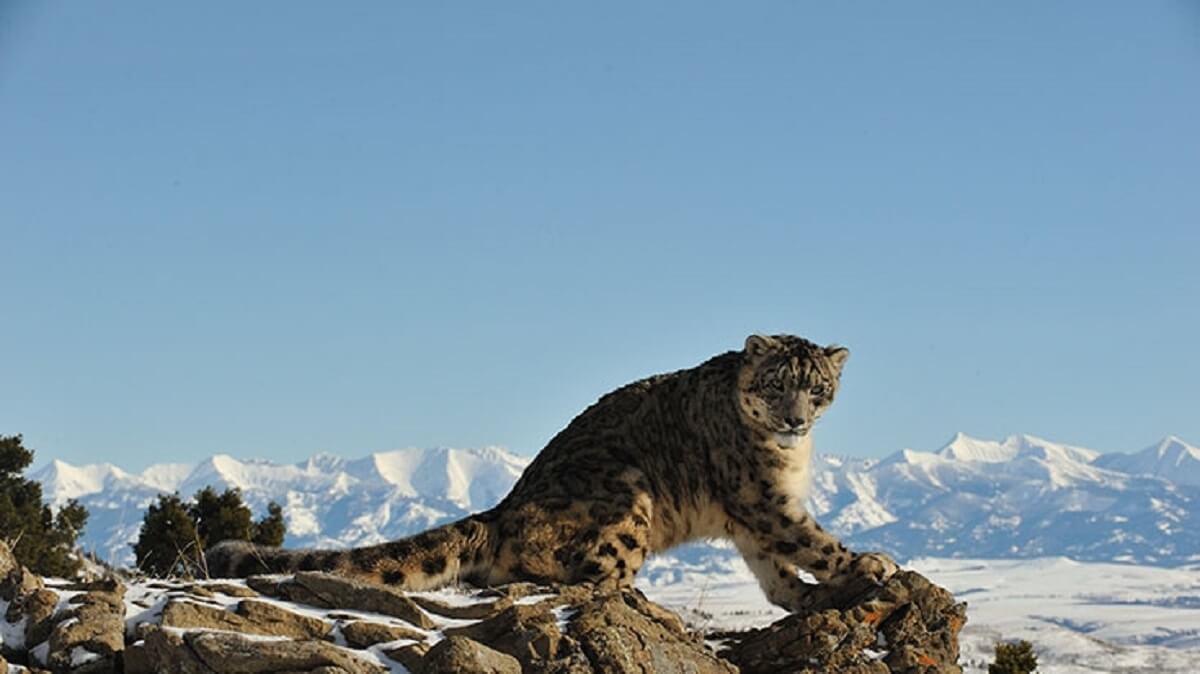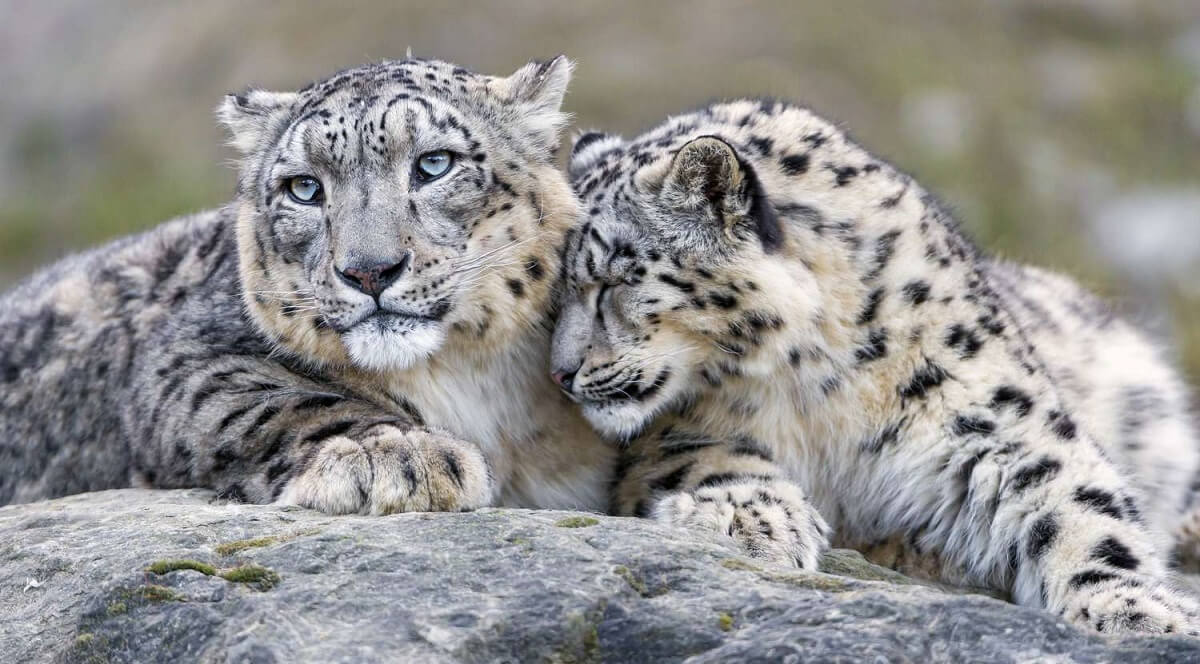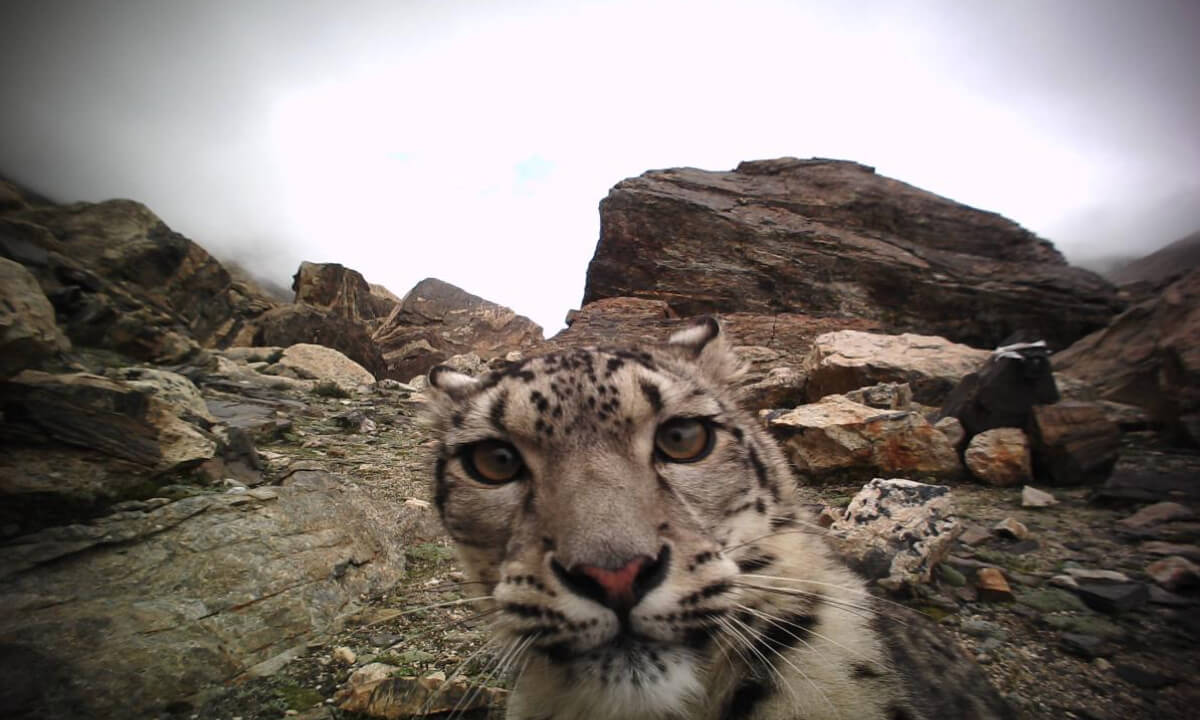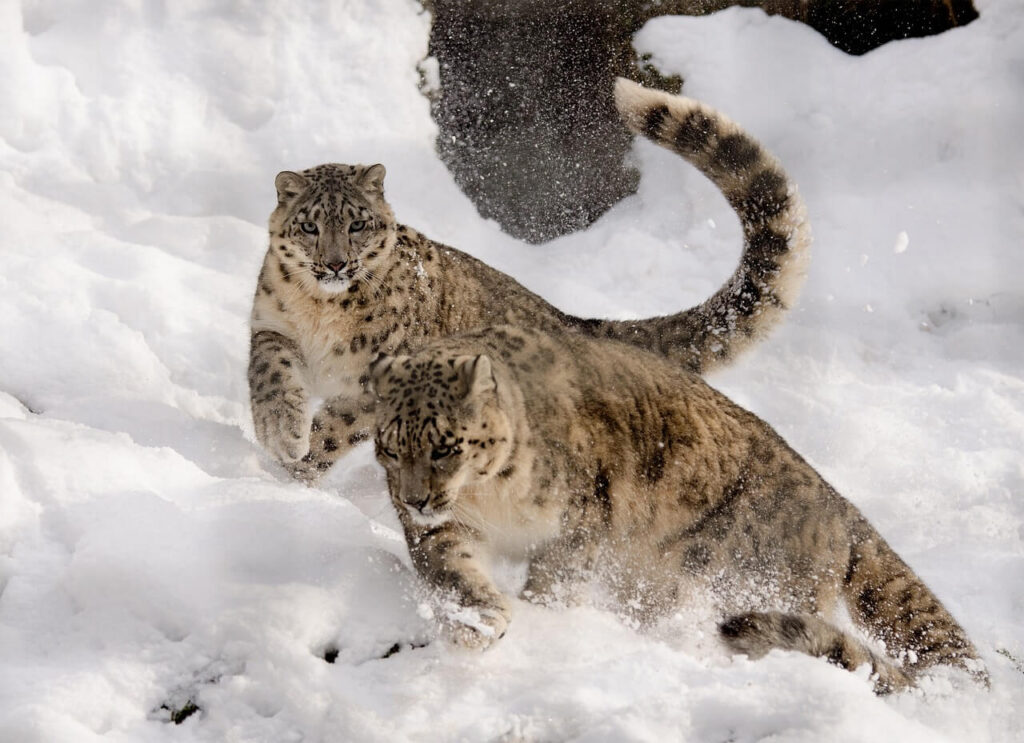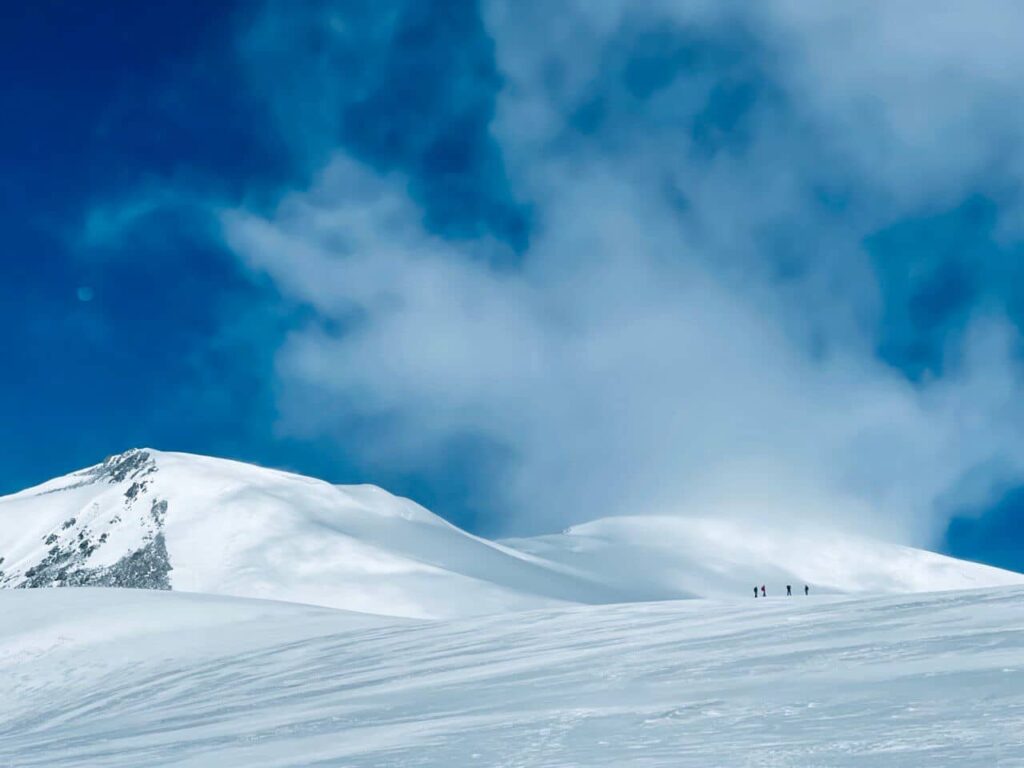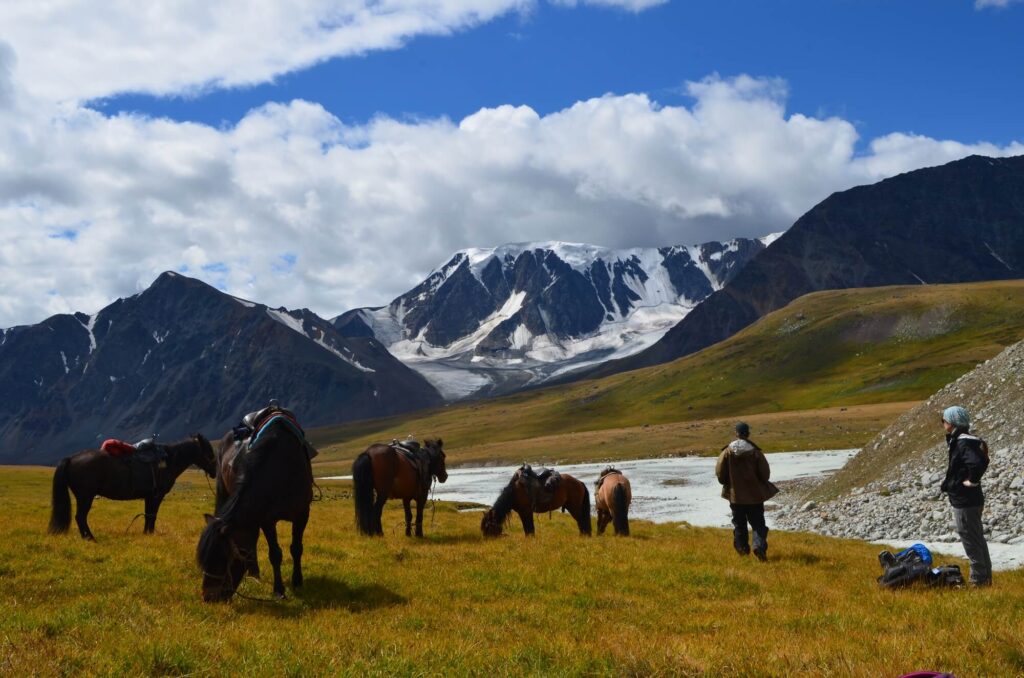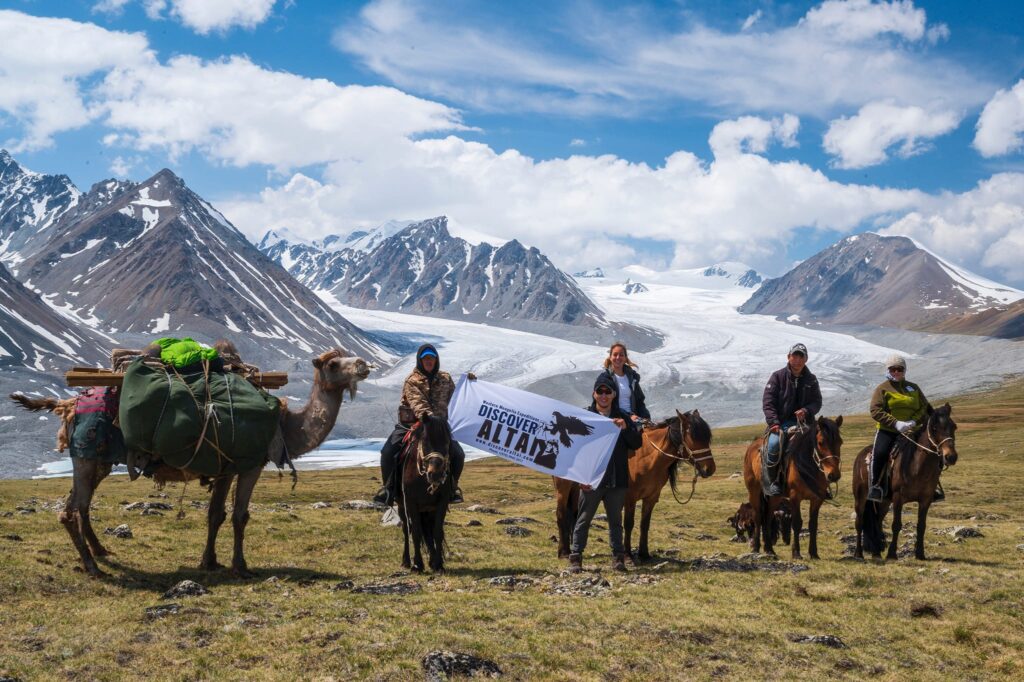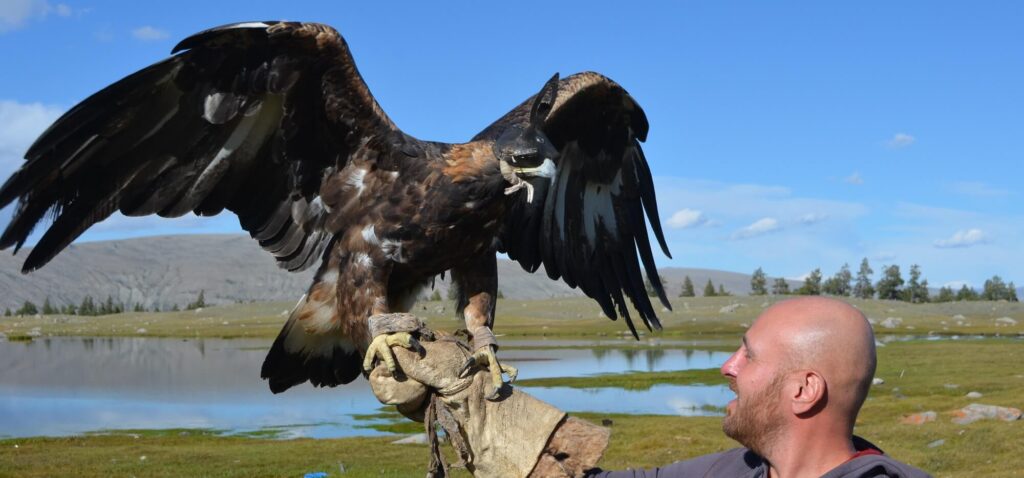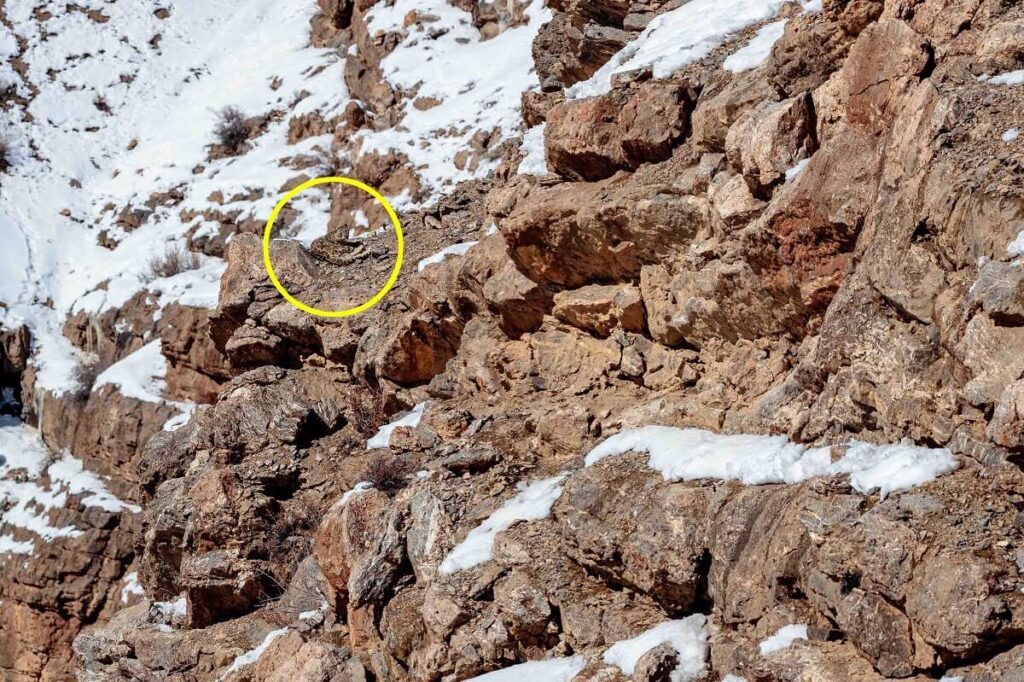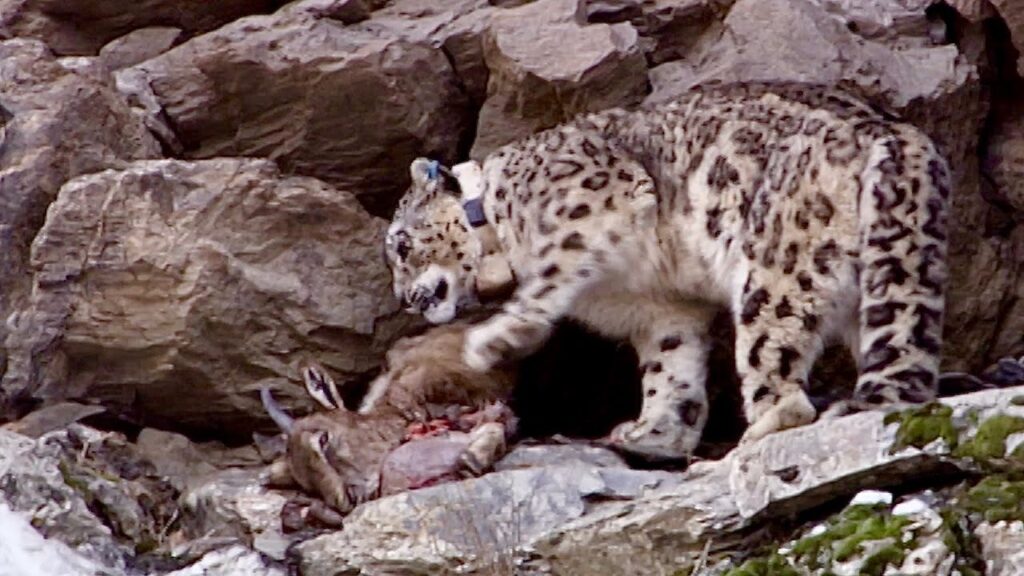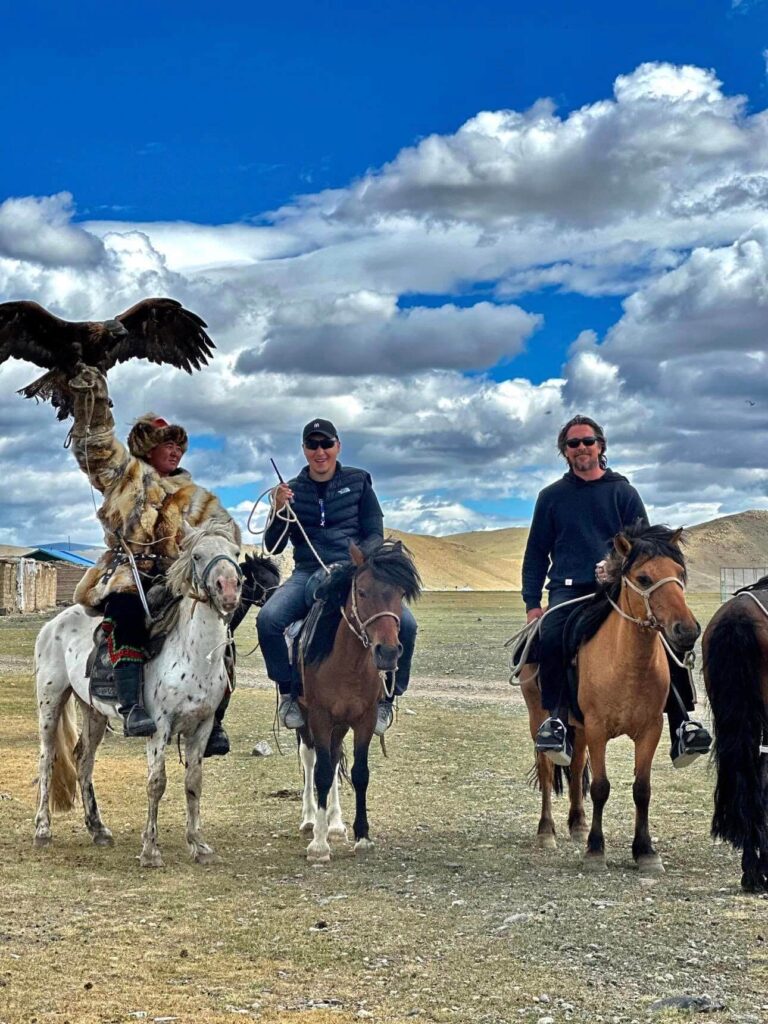Snow leopard habitat – Snow leopards are one of the most fascinating and elusive creatures in the wild, and Mongolia is one of the few countries blessed to have these magnificent animals within its borders.
In this essay, we’ll explore the habitat ranges of snow leopards in Mongolia, detailing their environment, the challenges they face, and why these habitats are crucial for their survival.
We offer you MONGOLIA SNOW LEOPARD PHOTOGRAPHY TOUR. Mongolia is the world’s 18th biggest country by territory with only three million people living here. Over 1.5 million square kilometers of land is inhabited by the last nomads and unique wild animals like the red fox, grey wolf, and snow leopards. It will be wonderful 🤩🤩
Physical Habitat and Hunting Behavior
Snow leopards are predominantly found in the mountain ranges of Central and South Asia, with Mongolia serving as a significant part of their range.
These animals prefer the rugged terrain of high altitudes, often between 3,000 and 5,500 meters above sea level. In Mongolia, they inhabit the Altai Mountains, the Hangai Mountains, and the Mongolian part of the Sayan Mountains, which provide the perfect backdrop for their lifestyle.
Challenges of the Climate and Habitat Fragmentation
The habitat of the snow leopard is typically cold and arid, featuring sparse vegetation. This environment is not only home to the snow leopards but also to a variety of other wildlife species that form the diet of these big cats.
Snow leopards are carnivores, primarily hunting wild sheep, ibex, marmots, and other small to medium-sized mountain animals. The physical features of their habitat, including steep, rocky slopes and sparse tree cover, aid in their hunting strategy, allowing them to use the terrain to ambush prey.
Mongolia’s harsh winters add an extra layer of challenge to the survival of snow leopards. These cats are well adapted to the cold, with thick fur and a wide, bushy tail that can be wrapped around the body for warmth.
Despite these adaptations, the climate and environmental conditions make life in the high mountains demanding.
Threats from Poaching and Conservation Efforts
The snow leopard’s habitat in Mongolia is expansive but fragmented. Human activities, such as mining, agriculture, and urban development, have encroached upon these areas, leading to habitat loss and fragmentation.
This not only reduces the amount of available space for snow leopards but also affects their prey species, potentially leading to food shortages.
Another significant threat to snow leopards in Mongolia is poaching. Snow leopards are hunted illegally for their beautiful fur and other body parts used in traditional medicine. Efforts to combat poaching have been implemented, including stronger wildlife protection laws and community conservation projects that involve local people in the protection of these animals.
Community Involvement in Conservation
Community involvement has proven to be one of the most effective strategies for conserving snow leopards.
By involving local communities in conservation activities, not only is awareness raised, but locals can benefit economically through eco-tourism and other conservation-related activities. This helps create a sense of ownership and responsibility towards the natural heritage, encouraging more sustainable living practices.
In conclusion, the snow leopard habitat in Mongolia is both unique and challenging. These high mountain terrains provide the necessary conditions for the snow leopard to thrive, but they also pose significant natural and human-made threats.
Conservation efforts are vital for ensuring that future generations will continue to see snow leopards roam the vast landscapes of Mongolia.
Through continued effort and international cooperation, the survival of the snow leopard can be secured, preserving the natural beauty and ecological balance of Mongolia’s mountainous regions.

